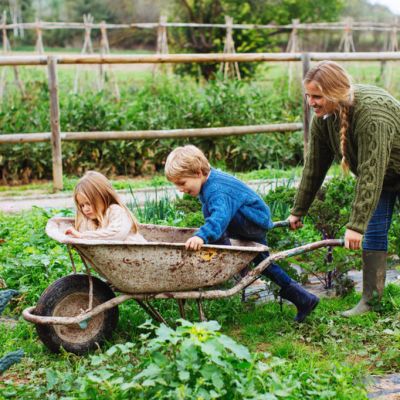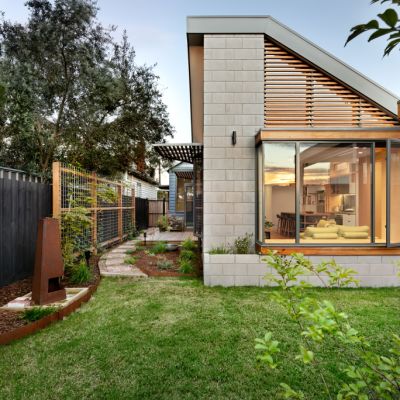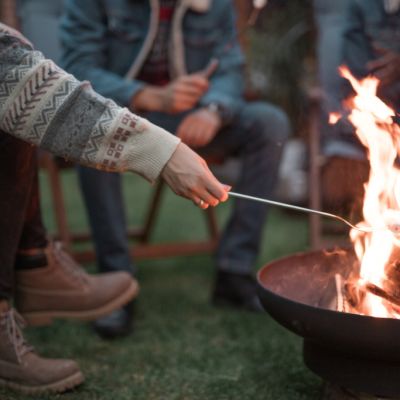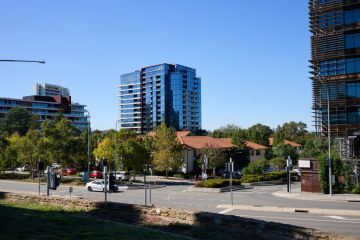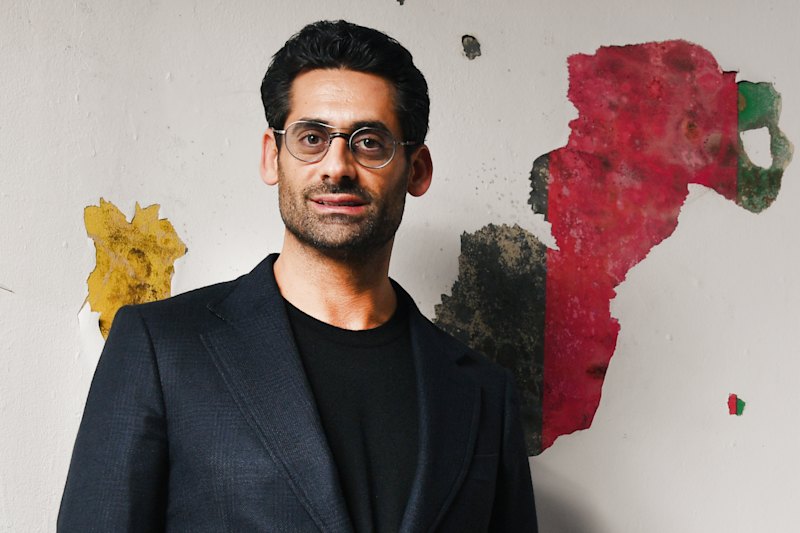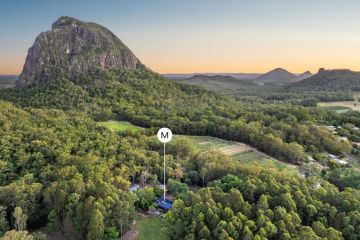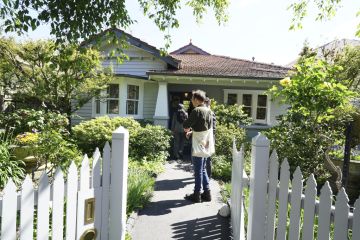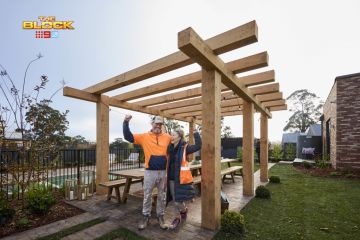Everything you need to know before installing a wood burning stove
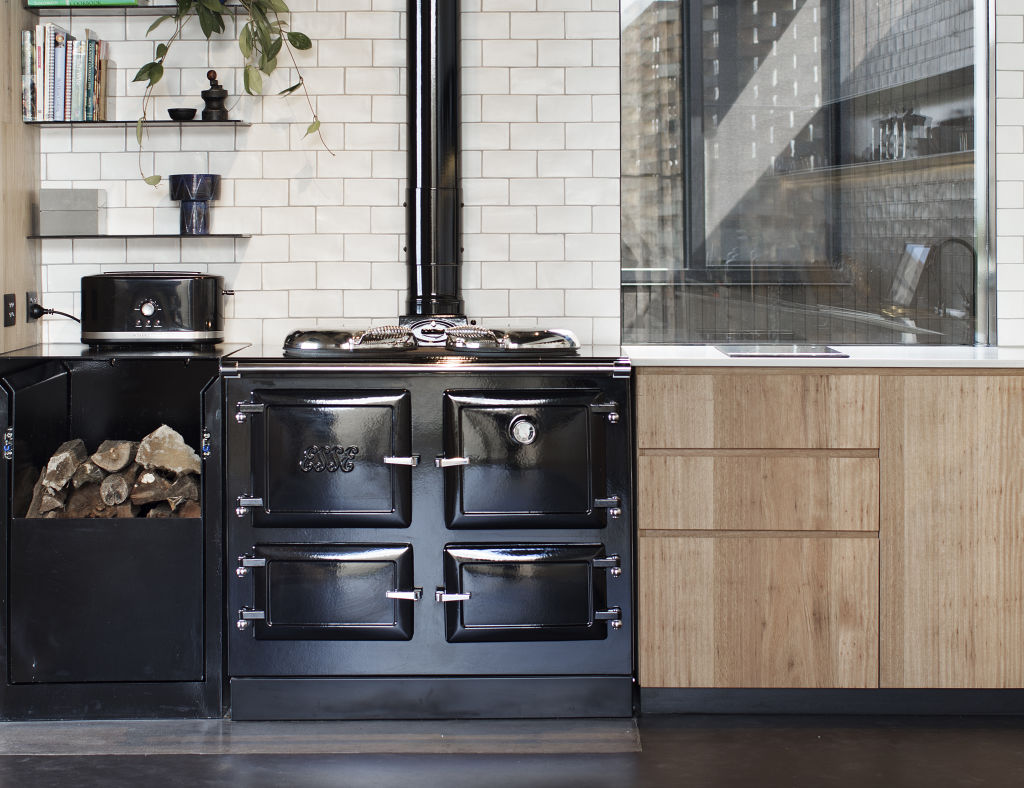
Wood-fuelled stoves are making a comeback. Along with adding a retro vibe to the kitchen, there’s the cosiness of a fireplace that’s incidentally warming the home.
Beyond knowing you love the look and concept, what do you need to know if you’re thinking of installing one?
Before you get started on your wood stove installation
Greg Parker-Hill, CEO of Pivot Stove and Heating, has installed 10,000 wood heaters through his sixth-generation Geelong-based business.
He recommends people think about what they want from their stove and how it can fit into their lifestyle and kitchen.

“You want to design the kitchen or house around the stove, not put a stove in the kitchen,” he says. “Make sure you have the bench space and the area to sit around the stove because this will be the centrepiece of your house. Then work through the different models.”
Wood burner installation also requires consideration of ventilation and the placement of the stove pipe, ensuring proper airflow and safe operation.
There are a lot of support videos and Facebook pages available on the topic. “Do your research and jump on the review sites,” he suggests.
Know the regulations on installing a stove
All new wood stoves available in Australia have been approved according to local standards testing for emissions, efficiency and clearances, he says. When it comes to installation, though, each state has a different regulation.
Understanding building regulations is crucial to ensure your wood stove is installed in compliance with safety requirements.
In Victoria, for example, you need to engage a licensed and registered plumber with a HVAC (Heating, Ventilation and Air Conditioning) certificate. “Most plumbers can do it, but you need to have at least a roofing certificate to do it technically,” he says.
In NSW, a registered installer is required. In Queensland, Tasmania and South Australia, there are no regulations, Parker-Hill says.
Proper installation also involves ensuring the flue is correctly positioned to direct smoke safely outside, reducing the risk of carbon monoxide build-up.
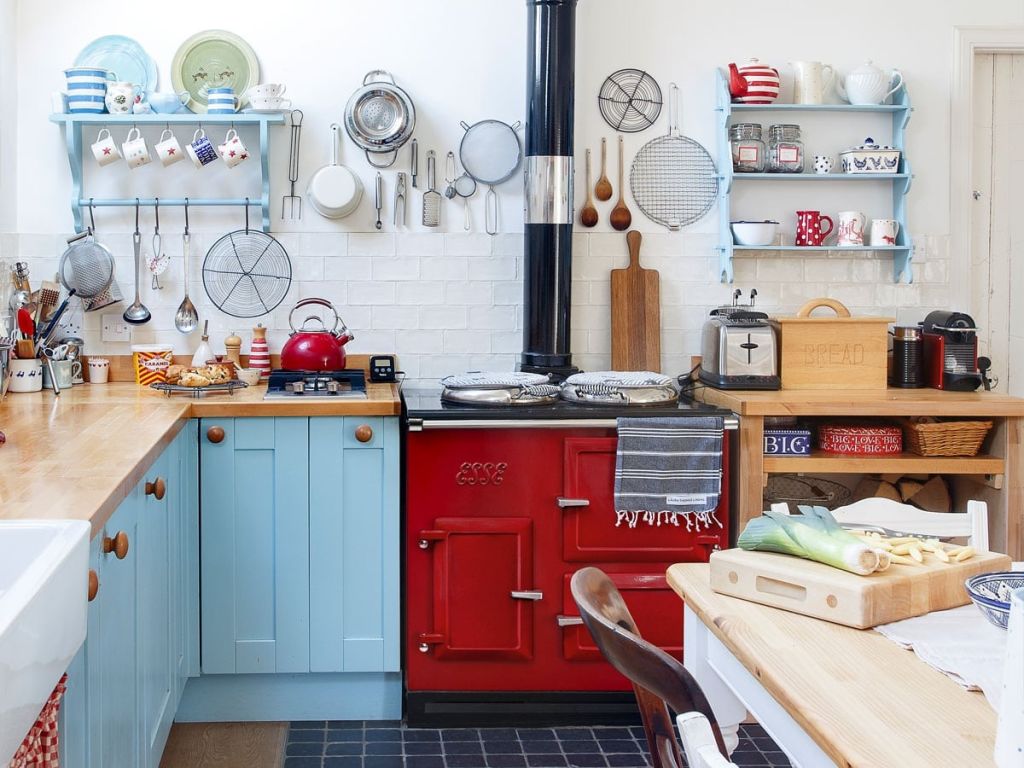
Be sure to source an experienced installer. One way to get one is to buy from a shop that organises installation for you.
Though not advised, there’s nothing stopping anyone from making their own wood stove or buying an old one off eBay and installing it. Technically, a tradie will install only an Australian “approved” stove, Parker-Hill says. Also, remember that old wood heaters are much less efficient, burn through more wood, and produce more smoke than their modern equivalents.
If you have an existing chimney, you may need to install a chimney liner to prevent heat transfer to combustible materials and improve safety.
Explore the options before log burner installation
Wood stoves have come a long way since Grandma’s antique wood stoves, with a wide range of features, colours and prices to choose from.
According to Parker-Hill, you can pick up a good steel cooker for $6000. For a handmade cast-iron model, expect to fork out between $10,000 and $15,000. The main difference? A steel stove doesn’t have any thermal mass, he says. “It heats up fast, but it also cools down fast. Whereas, a cast-iron cooker will stay hot for days.”
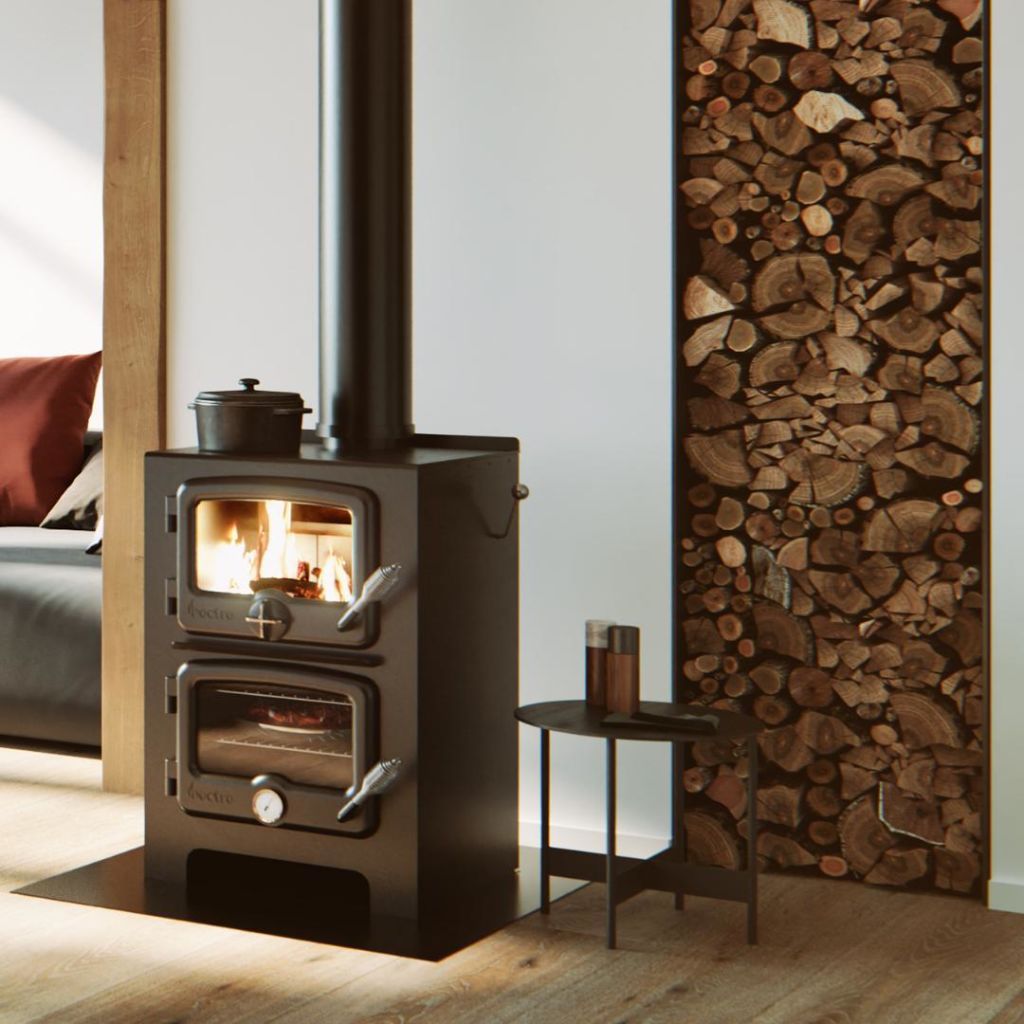
For the budget-conscious, it’s possible to get a simple stove with an oven and cooktop from about $3000. Parker-Hill says he sells many simple cooker-fireplace combos for people’s lounge rooms.
Another option is a half-wood, half-electric or gas hybrid. “All wood cookers on the marketplace can also connect to hot water,” Parker-Hill says.
If you lack an existing chimney, a twin wall flue system can be used to safely route smoke outside, allowing installation in more parts of the home.
Weigh the pros and cons
One of the biggest attractions of wood-fuelled stoves is their ability to provide off-grid cooking, heating and (for an extra cost) water heating. However, the high initial purchase price means it may take years to reap the savings.
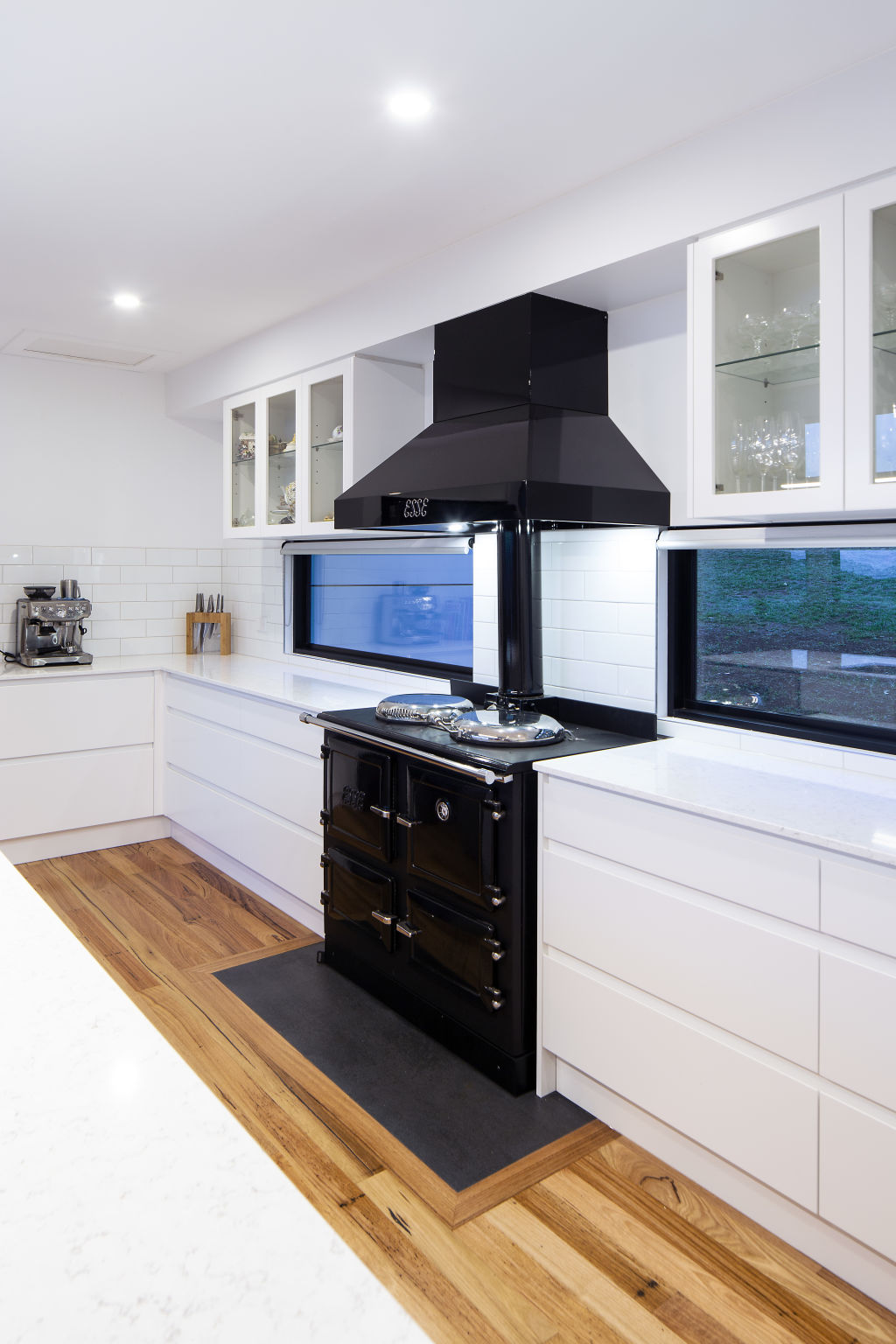
Many make the choice for the superior flavour and ambience of wood cooking. “There’s nothing like lighting up a fire and sitting in front of it,” Parker-Hill says. “You can’t get that from hydronic heating.”
Compared to the standard gas or electric stove, there’s more labour involved in cooking a meal. You’ll also need space to store wood. “You’ve got to be organised, get your wood right, light the fire and get it going,” Parker-Hill says. “If you’re working and just want to get home and cook your dinner, it’s not for you. It is a lifestyle choice.”
Maintenance and use
Just like any stove, at least twice a year, you need to give it a thorough clean, Parker-Hill says.
The hearth, flue, and stove pipe should be inspected regularly to ensure there is no build-up of soot or debris that could pose a fire hazard.
The main work is managing your wood supply. Put only good quality, dry wood in your cooker, he says. Wood needs to be free of chemicals (don’t use manufactured or painted wood) and as dry as possible – from the time it’s cut down, a live tree needs a minimum of a year or two to dry out. So, your wood needs to be kept out of the rain.
Using fresh timber or wet wood (known as ‘dirty’ wood) reduces the stove’s heat output, creates more smoke – which isn’t good for indoor health – and creates more build-up in the chimney.
“Also, spend some money on a good axe and wood splitter,” Parker-Hill adds.
Environmental factors of putting in a wood burning stove
Media articles have linked wood cookers to habitat destruction (for wood) and air pollution. Plantation hardwoods are a sustainable option but can be hard to get.
When it comes to fuel efficiency and emissions, new units are designed to burn cleaner and more efficiently, but some units perform better than others, so it’s important to do your research.
Adding a cowl to the top of your flue can also improve airflow and prevent downdrafts, enhancing the overall efficiency of the stove.
We recommend
We thought you might like
States
Capital Cities
Capital Cities - Rentals
Popular Areas
Allhomes
More
